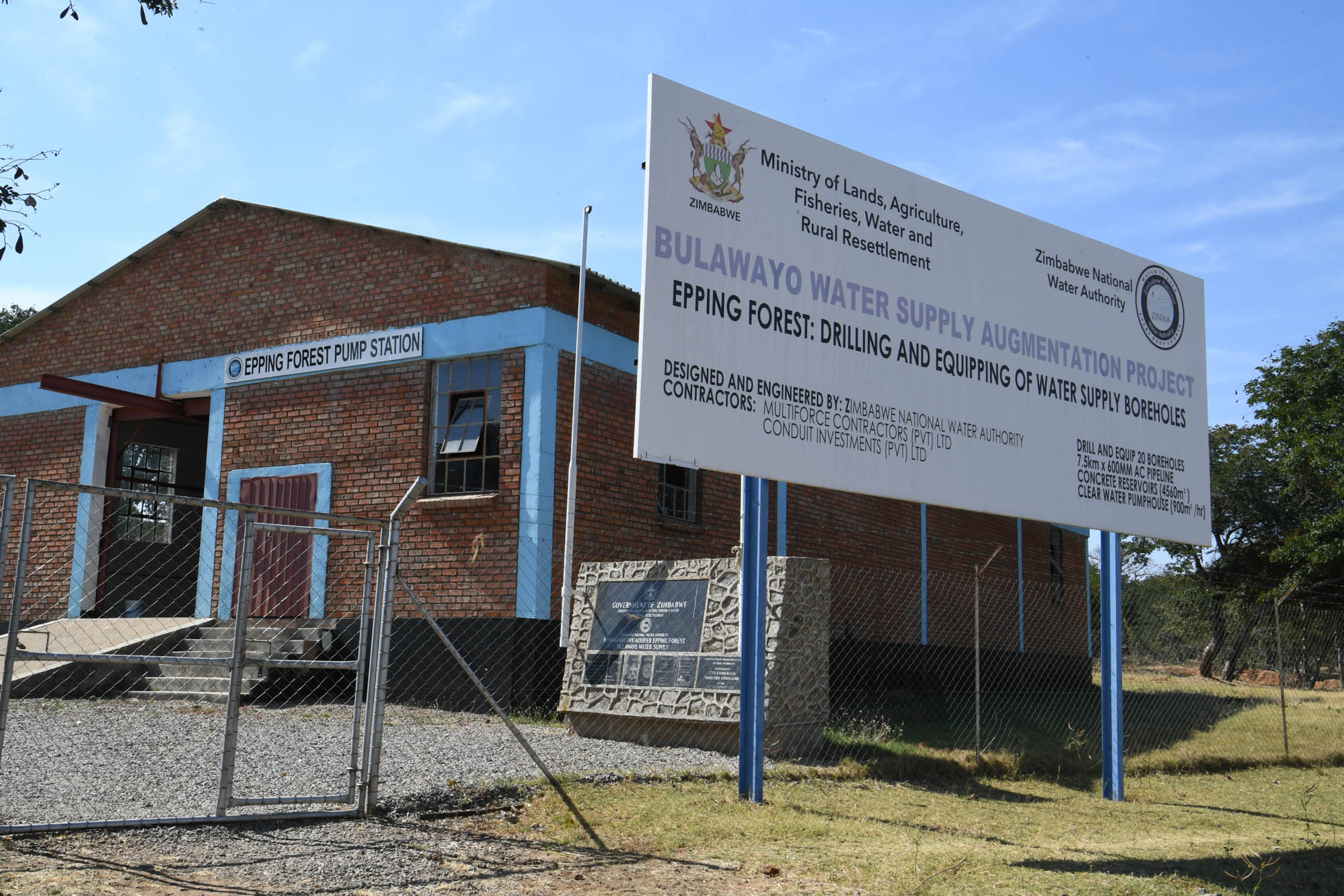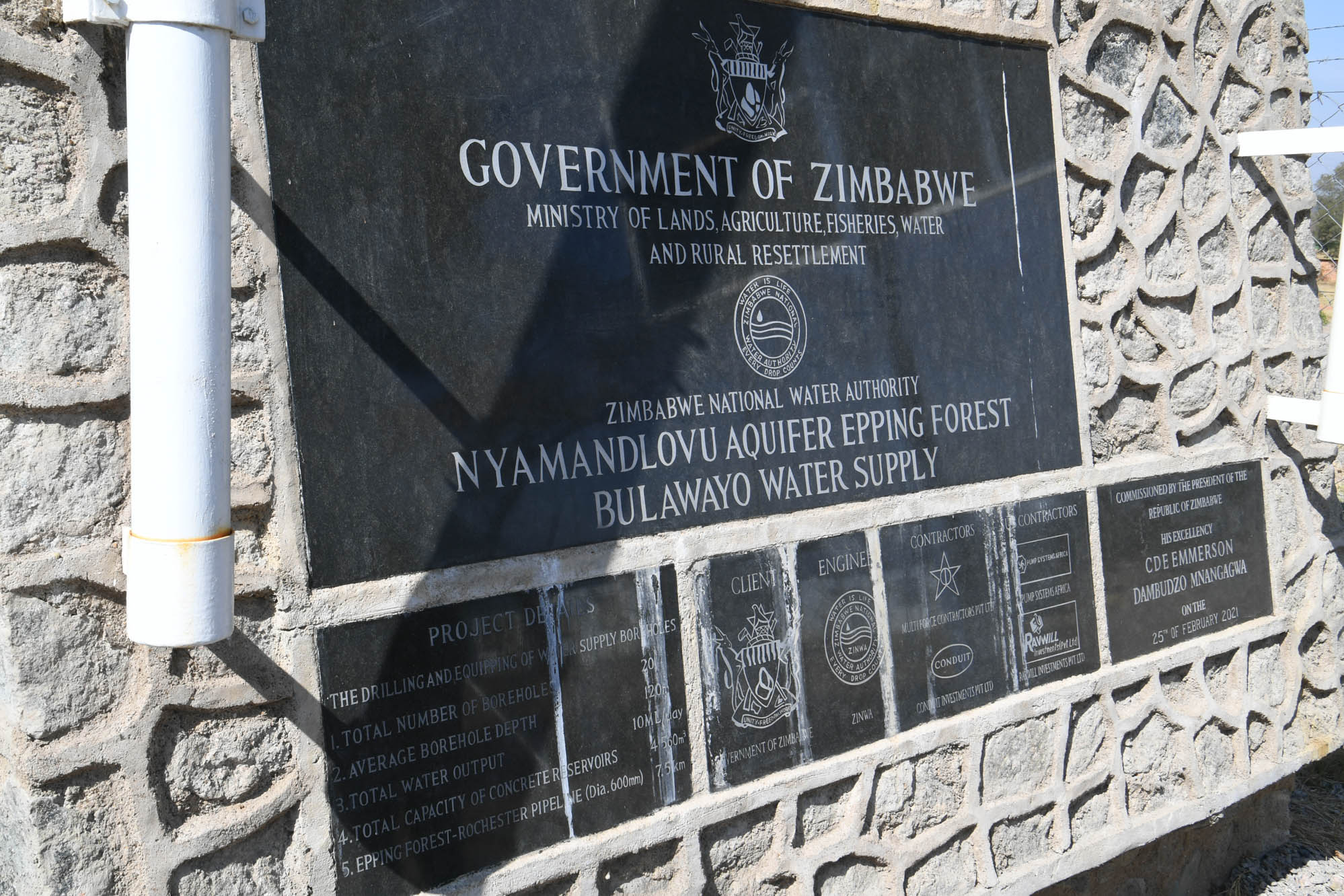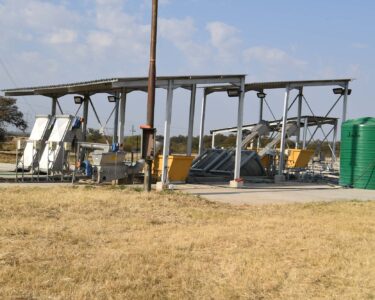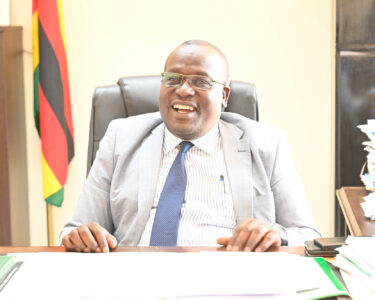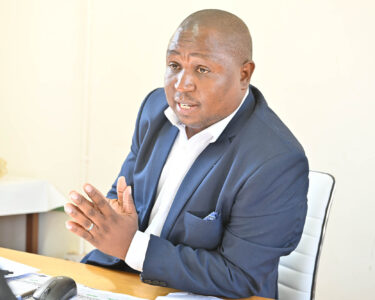When President Mnangagwa makes a commitment, he keeps it — whatever cost. Our Editor-in-Chief, Munyaradzi Huni, travelled all the way to Nyamandlovu Epping Forest to see for himself how, despite numerous setbacks, the President keeps pumping in resources to ensure Bulawayo Province is not starved of water. All this, while the Gwayi-Shangani Dam project is loading. Read on . . .
The three Matabeleland provinces have a long history of water shortages dating back to time immemorial. They also have an equally long history of failed water projects or unfulfilled promises. A case in point being the multi-million-dollar Matabeleland Zambezi Water Project mooted long before the outbreak of the Second World War.
A glimpse of the water challenges bedeviling Bulawayo Metropolitan Province can be gleaned from the Bulawayo City Council (BCC) website. It not only makes depressing reading, but perhaps also explains why President Mnangagwa is so determined to bring water to all of Matabeleland, in general, and the City of Kings, in particular.
According to the website: “Bulawayo City Council (BCC) is arguably facing the worst potable water deficits in living memory. Often Umzingwane, Inyankuni, Upper and Lower Ncema dams are decommissioned between September and November.
“The City of Bulawayo is located in a water-scarce region of Zimbabwe that is affected by recurrent droughts. Because of the expansion of Bulawayo there was need to implement new sources of water as current ones proved inadequate.
“The 1991/92 drought prompted ad hoc measures to be adopted of which one was a groundwater abstraction programme from the Matsheumhlope well-field that underlies the city to supplement dwindling supplies from surface reservoirs whose levels fell below critical values.
“In addition, a preliminary study of the aquifer was undertaken, and one notable finding was the groundwater potential of the aquifer from which an annual yield of 3.5 x 106 cubic metres could be obtained.
“Failing to achieve this, BCC has relied largely on water supply from Mzingwane, Lower Ncema, Upper Ncema, Inyankuni, and Insiza dams that are all located some average 45 km south-east of the city. Hence the need to augment Bulawayo’s water supply.
“A fraction of the total water supply to the city is obtained from groundwater that is pumped from the Nyamandlovu Aquifer located 60 km north-west of the city. In terms of pumping costs, these will certainly be much higher than those incurred from an aquifer that underlies the city, if it can yield a comparable amount and quality of water.”
The BCC website goes to give a prognosis of the future, as follows:
“The Nyamandlovu Aquifer Rochester has a design output of 16,000 cubic metres per day, but was producing about 3,000-6000 cubic metres per day owing to the high number of non-operational boreholes (usually 30 out of a maximum 56 boreholes had been in operation) and the frequent breakdowns that go with mechanical and vibrational systems.
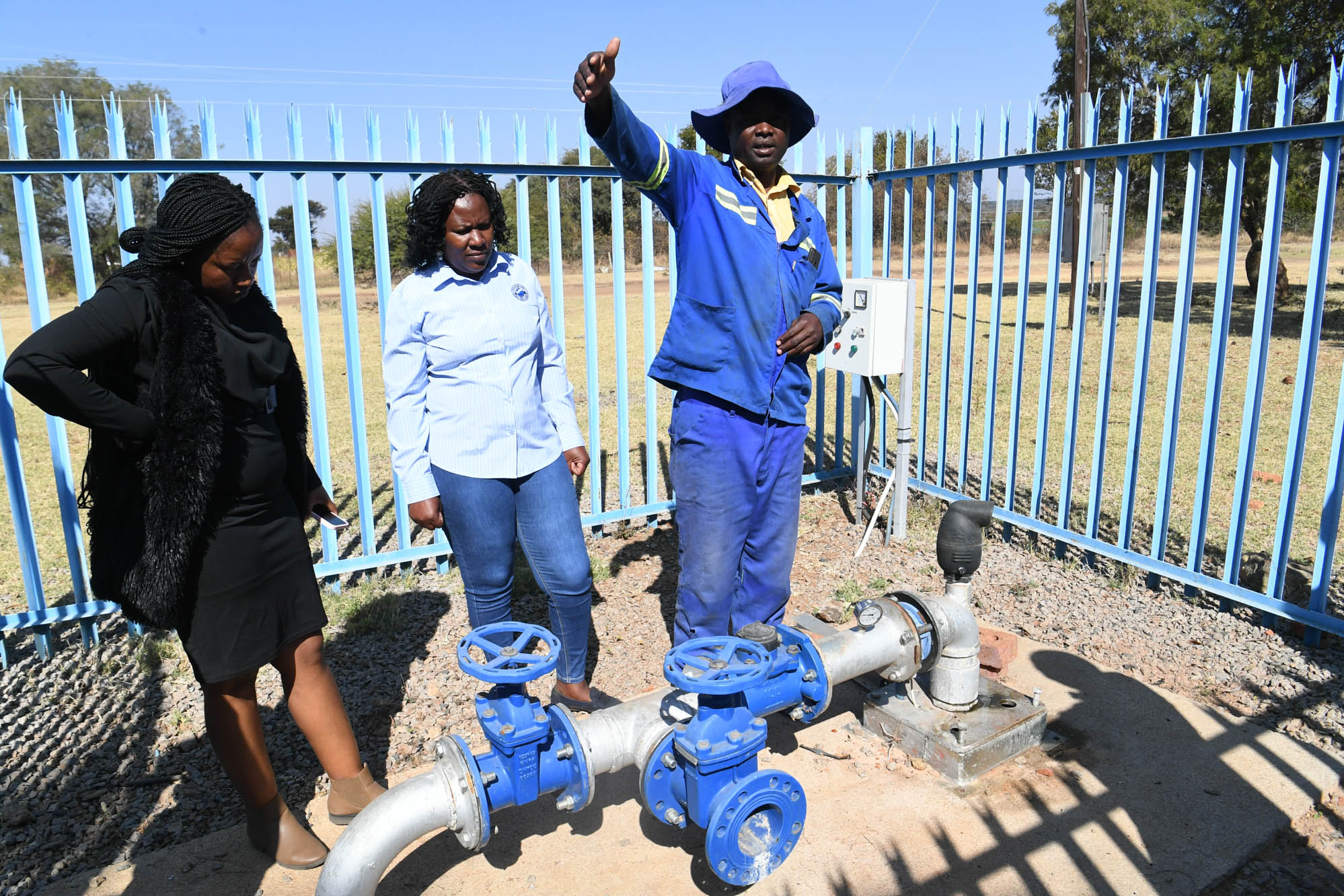

“There is also another scheme at Epping Forest with a design output of 10,000 cubic metres per day which was not completed. Together, these two schemes were expected to produce a combined 2,6000 cubic metres per day, which translates to approximately 800,000 cubic metres per month.
“In 2010-2011, Unicef [the United Nations Children’s Fund} embarked on a massive rehabilitation project which targeted 56 boreholes. The remainder of the boreholes constituted those condemned for various reasons such as equipment stuck in them, boreholes now dry or casing now bent.
“The rehabilitation and construction of Nyamandlovu Epping Forest boreholes project was initiated under the Public Sector Investment Programme (PSIP) and was one of the many projects being funded by the government until funding was stopped due to financial challenges. Several efforts had been made to include the Epping Forest project on the yearly PSIP bids so that it’s considered for funding, but no success had been achieved.
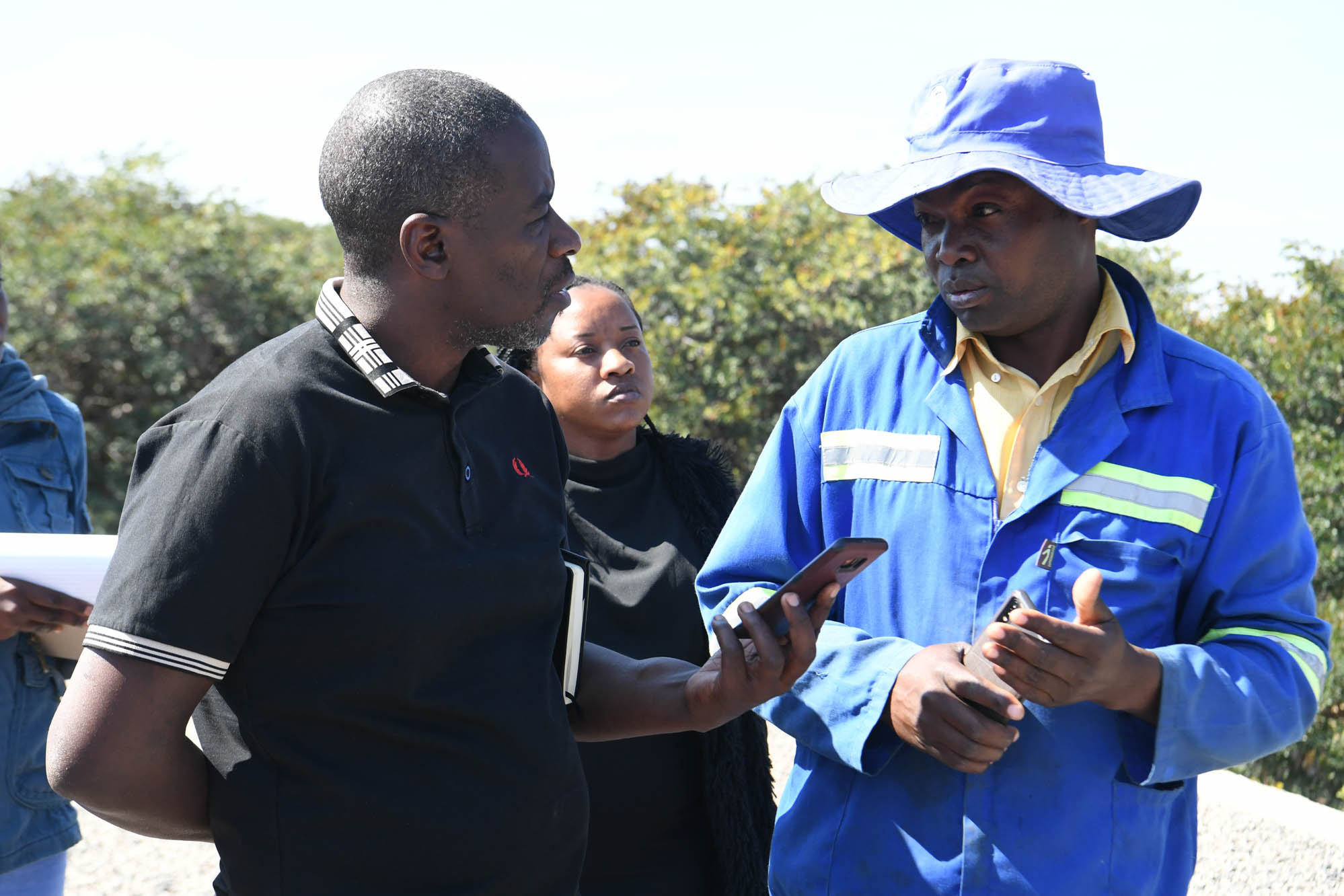
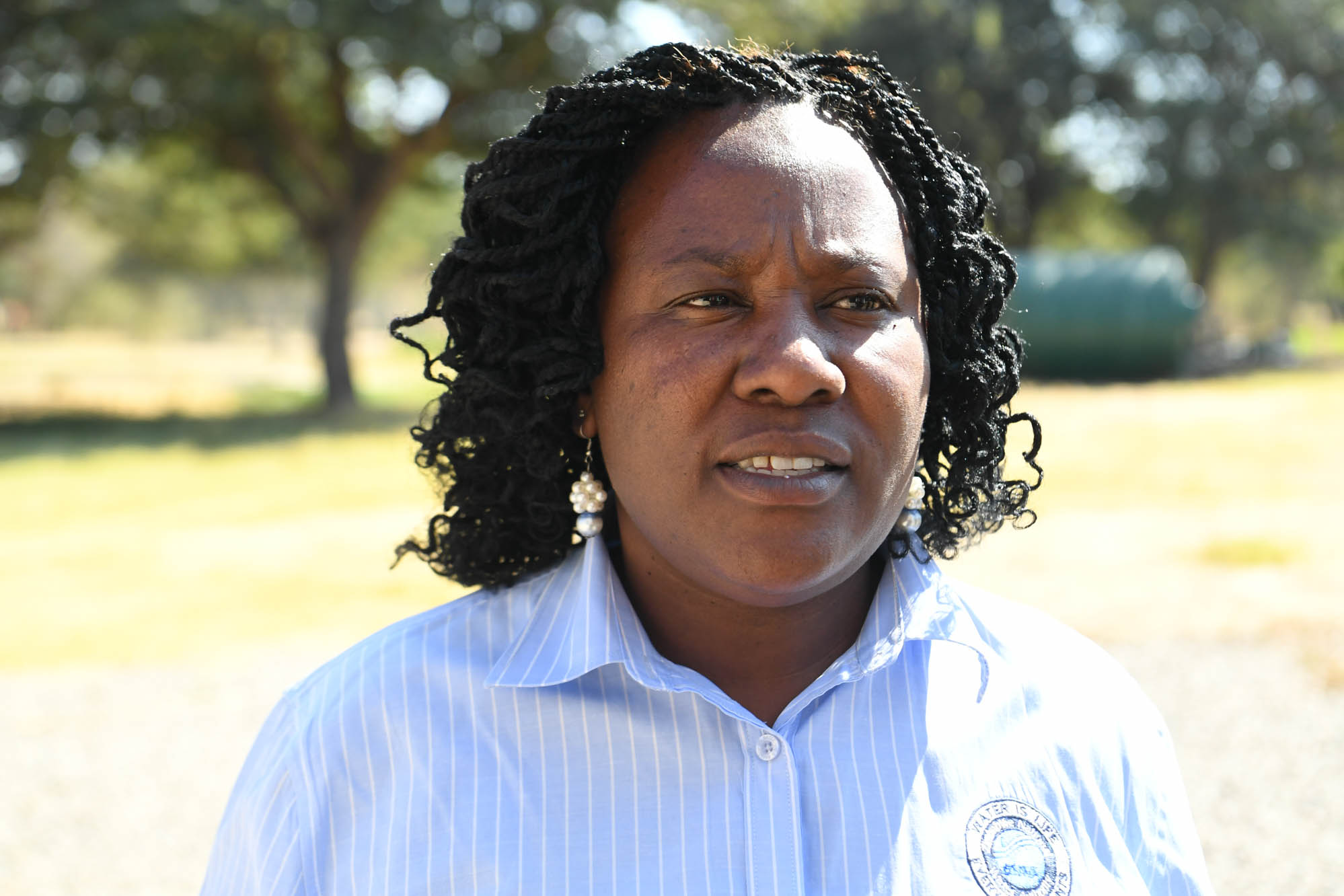
“In June 2015, the Ministry of Water, Environment and Climate held a Water Resources and Infrastructure Investment Summit at the . . . Harare International Conference Centre (HICC). The summit showcased all major water projects in Zimbabwe highlighting the need and requirement on each project and where there is a need for engagement with funders, investors and technical partners.
“The summit presented existing as well as pipeline projects, giving potential investors an opportunity to discuss and evaluate these projects and determine their appetite for participation. The Nyamandlovu Epping Forest boreholes project was also showcased at this summit in order to source funding for its completion through a possible public private partnership (PPP).
“Epping Forest received interest from three potential investors, one of whom was the City of Bulawayo who had previously shown an interest to engage Zinwa [the Zimbabwe National Water Authority] on the completion of the project. The other two investors visited the project site but, however, showed a reluctance to finance the project.
“Zinwa could not proceed with the Epping Forest project due to lack of funding.”
Given this dire situation, President Mnangagwa moved in quickly to find a short-term solution to a water crisis that was clearly threatening to get out of hand. This gave birth to the Nyamandlovu Epping Forest Aquifer project. The country’s national water authority was immediately summoned into action and has delivered on its mandate.
Commissioning the Nyamandlovu Epping Forest Water Plant in February 2021, President Mnangagwa hinted that that this was just the beginning of better things to come.
He told his guests:
“The commissioning of the Epping Forest and the ground-breaking of the Gwayi-Shangani Dam is a milestone achievement in the history of this region. Let’s work towards the attainment of Vision 2030. The National Matabeleland Zambezi Water Project was mooted in 1912 and the project will go beyond serving the region. It will become a reality during my time.”
By commissioning the Epping Forest Aquifer, which is equipped with 20 boreholes, two large water tanks and a pump station which pumps water up to Nyamandlovu Aquifer Rochester, President Mnangagwa had shown his commitment to easing Bulawayo’s perennial water woes.
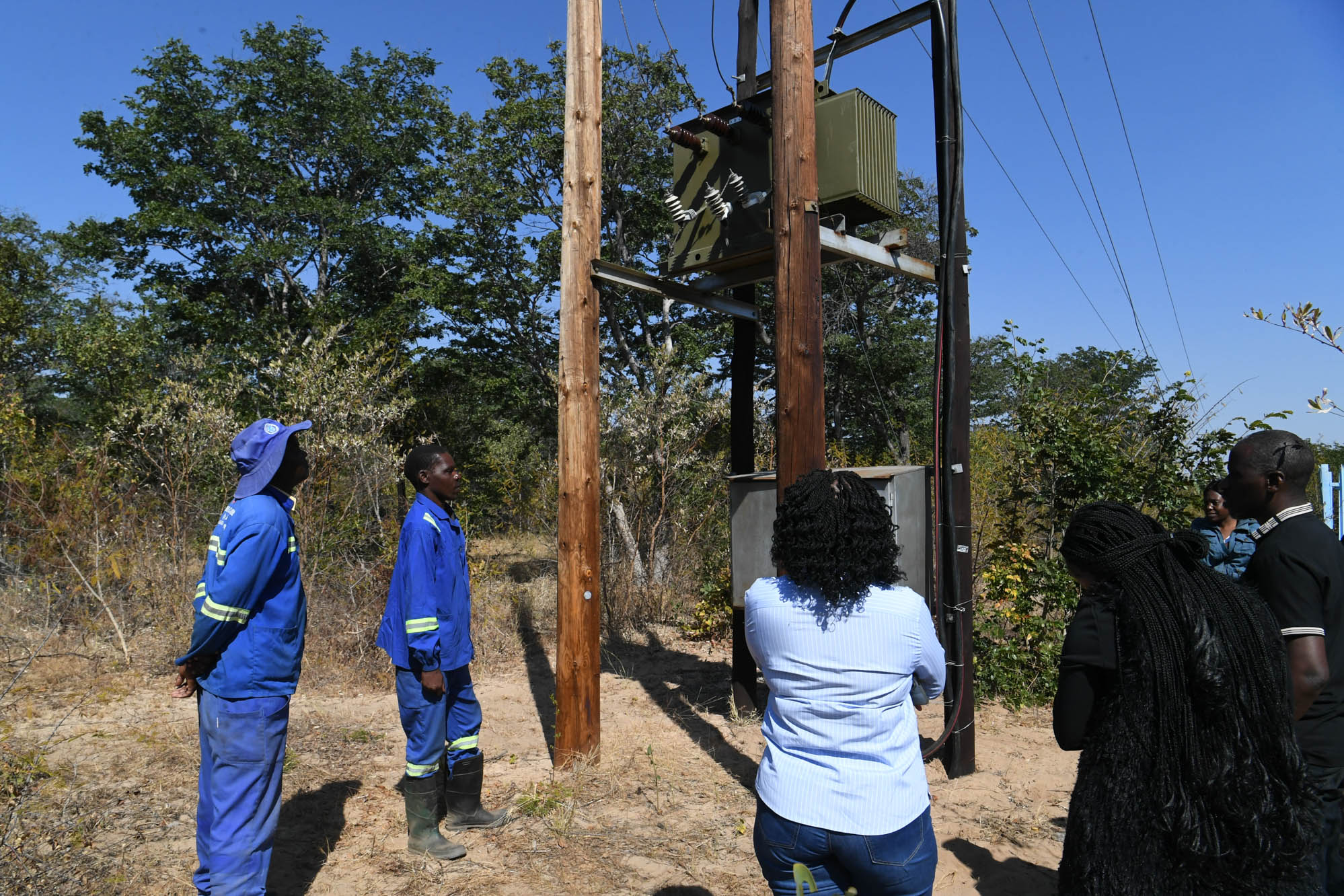
Unfortunately, thieves wreaked havoc in Nyamandlovu soon after the commissioning, vandalising some of the critical infrastructure. It looked like the project was doomed, but President Mnangagwa kept his word. Government quickly mobilised resources and the plant was rehabilitated. Again Zinwa sprang into action, but this time the water authority had learnt its lessons.
The Zinwa team leader at Bulawayo Service Centre, Nyararai Nyoni, was on hand at Epping Forest to brief Brick by Brick on what the Nyamandlovu Aquifer Project means to the people of Bulawayo.
Over to Nyoni:
“As you know, Bulawayo has been experiencing perennial water shortages and so the government, through Zinwa, saw it prudent to build this facility here at Epping Forest. This facility is meant to augment the water that Bulawayo City is getting from other dams, which unfortunately do not hold much water.
“This facility was designed to provide Bulawayo with 20 megalitres of water per day. However, due to vandalism of some of the key infrastructure we are not pumping water at maximum capacity. We are in the process of replacing the pumps. We are currently giving Bulawayo about seven megalitres of water. We are also supplying water to surrounding communities, consume about two megalitres of water per day.
“Vandalism has been our biggest nightmare. To avoid disruptions in the water supply, it would be ideal to have spares in stock, but that is not always the case. It is our wish to ensure all 20 boreholes are in good working order because we are heading towards the dry seasons. However, we are doing everything in our power to make sure everything runs smoothly,” she said.
The aquifer operator for both Rochester and Epping Forest, Canisio Zishamira, also gave Brick by Brick an update on the Epping Forest plant.
Said Zishamira: “Presently, borehole number one is supplying all the water. The water gets into these two tanks which are interconnected, and from there it goes into the pump house. There are four pumps at Epping Forest Pump Station, which help convey water to Rochester, which is about 10 km away. From the Rochester reservoir the water finds its way to Bulawayo.
“Due to vandalism and occasional breakdowns, only 10 boreholes are currently in working order. Our biggest challenge is vandalism, which goes back to March last year. It started at Rochester before moving to Epping Forest. The vandalism has been a major drawback, but the government has been supporting us with more funds to rehabilitate the plant.”
Celesta Mhandu, the Zinwa technical officer for Bulawayo Service Centre, also weighed in on the scourge of vandalism affecting operations at Epping Forest.
“We are currently operating at 50% capacity due to vandalism. But once we get the necessary spares for repairs, we will soon be back at 100%. To stop the vandalism, we are beefing up security at the boreholes by hiring additional security to protect our boreholes and transformers. So far, have employed about 49 security guards to this end.
“Zesa came up with the idea of erecting screens around the transformers, but it still on the drawing board. Once implemented, I am sure it will provide a lasting solution to vandalism. Meanwhile, we are working very closely with members of the surrounding community to raise the alarm on any untoward behavior and to blow the whistle on would-be vandals,” she told Brick by Brick.



